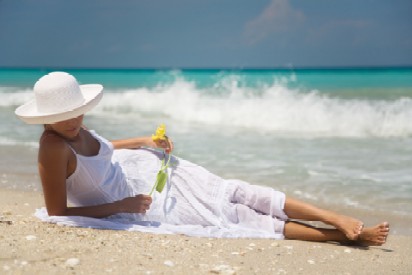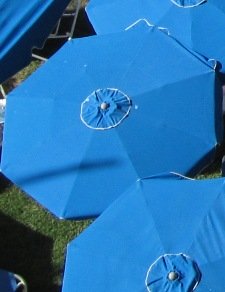UV Protection Clothing
Sun Protection is a fact of life™
If you love spending time outdoors, you probably know how important it is to protect your skin from the sun's harmful rays. Sun exposure can cause premature aging, wrinkles, sunburns, and skin cancer, which is the most common type of cancer in the United States. Fortunately, there are ways to reduce your risk of sun damage and enjoy the outdoors safely. One of them is wearing uv protection clothing.
UV protection clothing is clothing that has been specially designed or treated to block or absorb ultraviolet (UV) radiation, which is the part of sunlight that can harm your skin. UV radiation consists of two types: UVA and UVB. UVA rays can penetrate deep into your skin and cause long-term damage, such as wrinkles and age spots. UVB rays can cause sunburns and increase your risk of skin cancer. Both types of rays can damage your DNA and affect your immune system.
UV protection clothing can help you shield your skin from both UVA and UVB rays. It does so by having a high ultraviolet protection factor (UPF), which indicates how much UV radiation can pass through the fabric and reach your skin. For example, a UPF 50 garment blocks 98% of UV rays and allows only 2% to penetrate. The higher the UPF, the more protection you get.
How do you choose uv protection clothing?
There are several factors to consider, such as color, construction, content, fit, coverage, and activity. Here are some tips to help you find the best uv protection clothing for your needs:
Color: Dark or bright colors are better than light or white colors, because they absorb more UV rays and prevent them from reaching your skin. Some colors, such as red, blue, and green, also reflect some UV rays and offer extra protection.

Construction: The tighter the weave or knit of the fabric, the less UV rays can pass through. Denim, canvas, wool, and synthetic fibers are good examples of densely woven fabrics that offer high UPF. You can check the fabric by holding it up to the light; if you can see through it easily, it means it has a low UPF.
Content: The type of material also affects the UPF of the clothing. Some fabrics have natural or added substances that act as UV absorbers or reflectors. For example, unbleached cotton contains lignins that absorb UV rays. Polyester and silk are shiny fabrics that reflect UV rays. Some fabrics are treated with chemical UV absorbers or dyes that enhance their UPF.
Fit: Loose-fitting clothing is preferable to tight-fitting clothing, because it does not stretch or compress the fabric and reduce its UPF. Stretching or compressing the fabric creates more spaces between the threads and allows more UV rays to pass through.
Coverage: The more skin your clothing covers, the better protection you get. Whenever possible, choose long-sleeved shirts and long pants or skirts over short-sleeved shirts and shorts. You can also wear accessories such as hats, sunglasses, gloves, scarves, and shawls to cover your head, face, neck, hands, and shoulders.
Activity: The type of activity you do outdoors also affects how much sun protection you need. If you sweat a lot or get wet from swimming or rain, your clothing may lose some of its UPF and become more transparent to UV rays. You may need to reapply sunscreen or change into dry clothing to maintain your protection.
UV protection clothing is a safe and simple way to keep your skin healthy and prevent sun damage and skin cancer. You can find uv protection clothing in various styles, colors, sizes, and prices from different brands and retailers online or in stores. Some clothing items have a UPF label that indicates their level of protection; look for The Skin Cancer Foundation’s Seal of Recommendation whenever you shop.
Conclusion
By wearing uv protection clothing along with sunscreen, sunglasses, hats, and other sun-safe practices, you can enjoy the outdoors without worrying about your skin. Remember to check the UV index before you go outside and avoid peak sun hours between 10 a.m. and 4 p.m., when UV rays are strongest. With sun protection clothing, you can have fun in the sun while staying safe and stylish.
Join in and share your experience or story. How?
Simply click here to go to Sun Protection Reviews.
Return to Home Page Return to the Top









New! Comments
Have your say about what you just read! Leave me a comment in the box below.